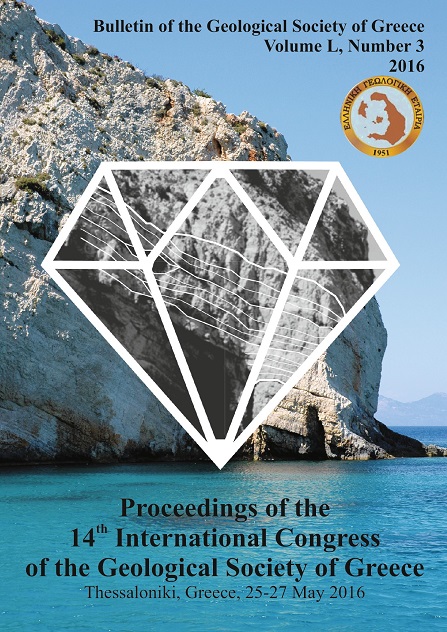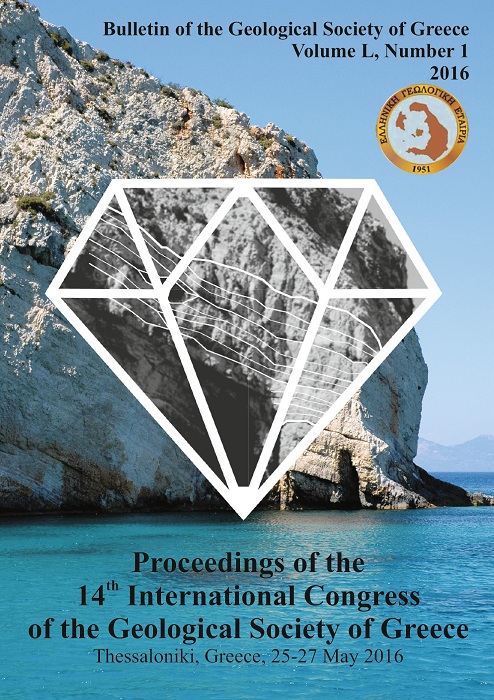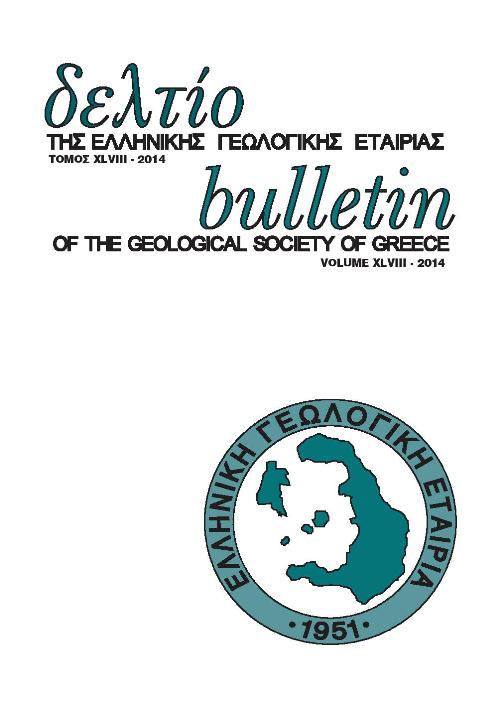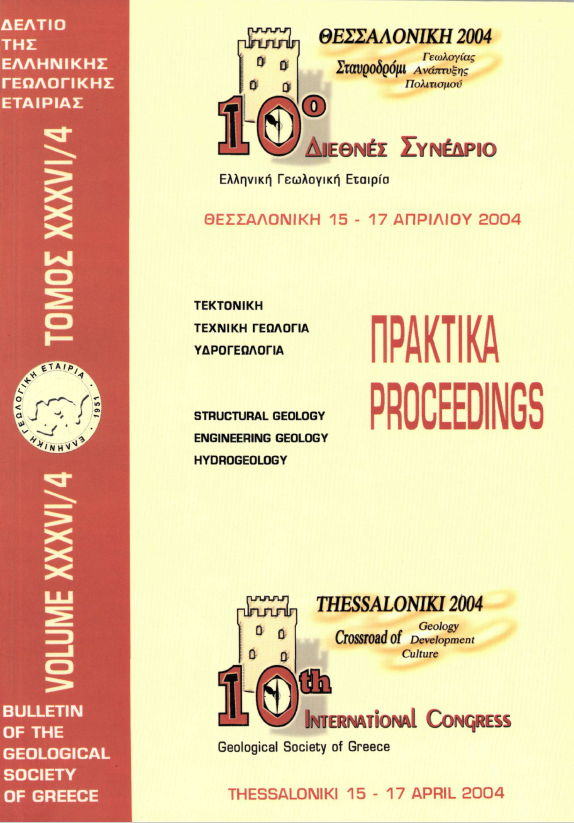TECHNIQUES OF ROCKFALL INVENTORY IN EARTHQUAKE PRONE ROCK SLOPES

Abstract
A relevant hazard in mountainous regions is the steep rock slopes concentrating rock falls. Although rock falls are characterized by smaller rock volumes compared to other landslide types, can also provoke severe damage to buildings, infrastructures and human life due to their sudden and highly fast movement. The key to understand the processes that result in rock fall onset is an integrated study of the major causing parameters that affect slope stability. A rock slope may be subjected to many forms of triggering factors including tectonic, geomorphic, seismic, climatic or even human induced damages. This contribution provides an overview of the previous and current research related to rock falls and uses case studies of North Peloponnese in order to prove the usefulness of these methods in the Greek territory. Collecting data and production of thematic maps by means of field and remote sensing investigations can yield far more updated results incorporated in hazard assessment techniques and protection measures.
Article Details
- How to Cite
-
Zygouri, V., & Koukouvelas, I. (2016). TECHNIQUES OF ROCKFALL INVENTORY IN EARTHQUAKE PRONE ROCK SLOPES. Bulletin of the Geological Society of Greece, 50(3), 1756–1765. https://doi.org/10.12681/bgsg.11899
- Section
- Remote Sensing and GIS

This work is licensed under a Creative Commons Attribution-NonCommercial 4.0 International License.
Authors who publish with this journal agree to the following terms:
Authors retain copyright and grant the journal right of first publication with the work simultaneously licensed under a Creative Commons Attribution Non-Commercial License that allows others to share the work with an acknowledgement of the work's authorship and initial publication in this journal.
Authors are able to enter into separate, additional contractual arrangements for the non-exclusive distribution of the journal's published version of the work (e.g. post it to an institutional repository or publish it in a book), with an acknowledgement of its initial publication in this journal. Authors are permitted and encouraged to post their work online (preferably in institutional repositories or on their website) prior to and during the submission process, as it can lead to productive exchanges, as well as earlier and greater citation of published work.






